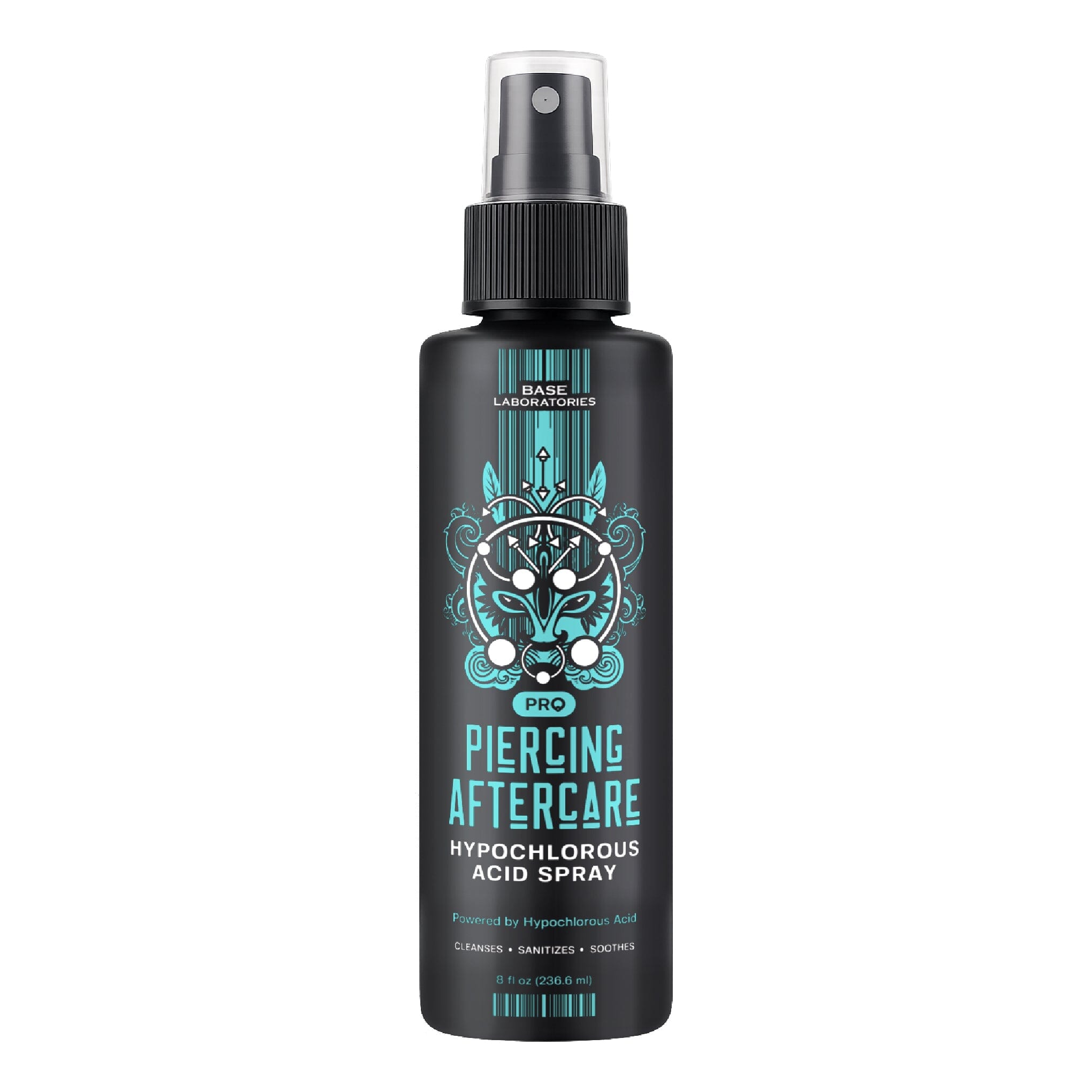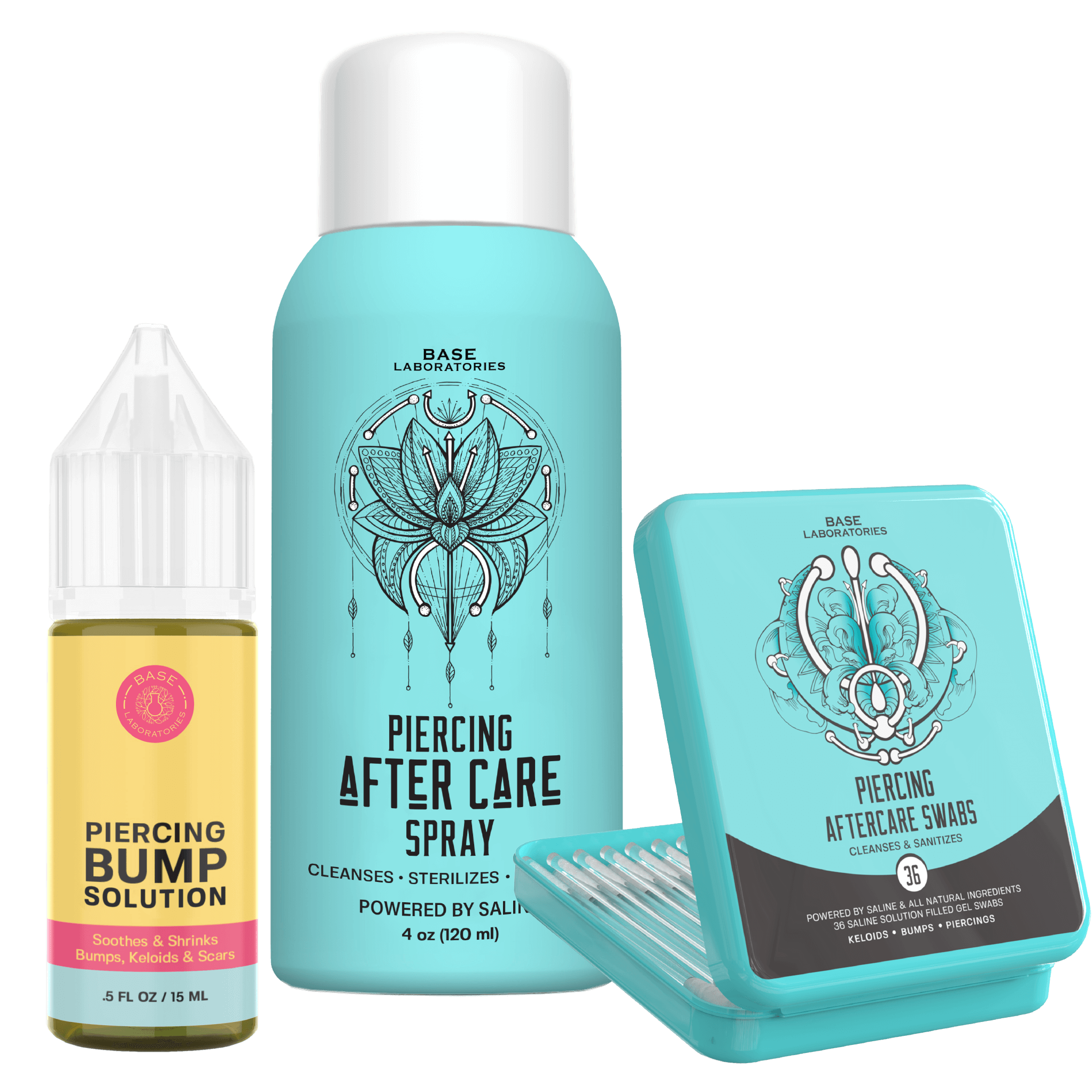Dealing with a Piercing Bump or Keloid? Here's What You Need to Know
Piercing bumps and keloids are two common skin conditions that can occur after getting a body piercing. While they may look similar, there are several key differences between the two. Here are five differences between piercing bumps and keloids:
-
Causes: Piercing bumps are typically caused by an infection or irritation of the piercing site, while keloids are caused by an overproduction of collagen, a protein that helps the body repair damaged tissue.
-
Appearance: Piercing bumps are small, raised bumps that are red or pink in color, while keloids are usually larger and thicker, and can continue to grow even after the piercing has healed.
-
Location: Piercing bumps can occur anywhere on the body, but keloids are more commonly found on the earlobes, chest, and shoulders.
-
Pain and discomfort: Piercing bumps can be painful or itchy, while keloids are often painless but can cause discomfort or interfere with movement.
-
Treatment: Piercing bumps can be treated with warm compresses, saline solution, and over-the-counter antibiotics, while keloids may require more advanced treatment such as corticosteroid injections, cryotherapy, or laser therapy. In some cases, surgery may be necessary to remove a keloid.
It is important to be able to recognize the differences between piercing bumps and keloids in order to properly diagnose and treat these skin conditions. If you are unsure which type of skin condition you have, it is best to consult with a doctor or dermatologist for proper diagnosis and treatment.


















